|
,A “throwback” name for a man who devoted himself to a “throwback” occupation. This week’s subject was a humble gentleman who lived what I assume must have been “an oft quiet life of solitude.” He worked alone, as was generally the case with early cobblers—menders and makers of shoes. In Silas’ case, he would endure incredible voids made in his own life by the repeated loss of dear family members, taken in the prime of life. Silas, on the other hand, would live to the “well-worn” age of 96 years, 5 months and seven days. There is an old Irish rhyme that seems fitting for this particular life story of a Mount Olivet resident. It appears that the wear and tear of shoes has a bit of symbolic superstition behind them: “Worn at tip of toe, wearer sees woe, Worn out at the side, wearer meets his bride, Worn on the ball, best not to buy at all, Worn at the heel, wearer makes a wise deal.” While we are on the subject of superstition, I found the typical “good news/bad news” when it comes to foot apparel, with a quick internet search. Supposedly placing shoes diagonally upright in your doorway is a good way to outsmart devils and monsters from entering your door. “Place one shoe with toes facing out the door, and the other shoe with toes facing in. This is said to confuse little demons and keep your home evil-free.” On the flipside, it appears that placing shoes on top of a table is symbolic of death. This seems to make sense, because my wife doesn’t even like shoes to be worn in our house. If I was to put my shoes on the kitchen table, I would certainly be “taking my life into my own hands,” so to speak, but I digress. The origin of “the shoes on the table superstition” comes from the days of public hangings in which convicted prisoners were executed with their shoes still on. “Upon letting loose of the noose, their shoes would tap on the surface – the association was translated to table tops.” It may be a stretch to link our featured subject to superstition and the melancholy effects of shoes, but he worked daily with having shoes atop his cobbler’s bench. And he did this for nearly seven decades! Silas Alvan Thomas, Sr. was born in Middletown on July 9th, 1852. He never knew his mother, Ann Rebecca (Wise) Thomas, as she died less than a month after his birth—most likely a complication associated with childbirth. She was only 38 years-old. Silas’ father, Philip Henry Thomas, now faced the common occurrence of raising the infant, along with six other children. 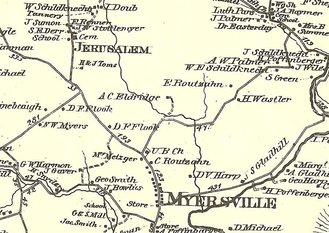 Jerusalem and Toms' farm are depicted on this 1873 Titus Atlas inset of the Jackson District Jerusalem and Toms' farm are depicted on this 1873 Titus Atlas inset of the Jackson District Philip H. Thomas continued laboring hard in order to keep a roof over his children’s heads, food for their bellies and shoes on their feet. He was a saddler by trade, which probably sparked an interest in son Silas for working with leather. In the 1860 US Census, Silas Thomas can be found living with his family in Middletown. Of particular interest is the presence of a stepmother, Catherine, and a new infant step-sibling. Silas’ older brother Henry is listed here as a shoemaker. It must have been about this time that Silas’ father changed jobs himself. He switched from “bridling horses” to “saving souls,” becoming a minister in the United Brethren religion. Silas was then shipped off to live, and work, in the home of Isaiah Toms and his extensive farm located in Jerusalem, a small hamlet northwest of Myersville in Frederick County’s Jackson District. 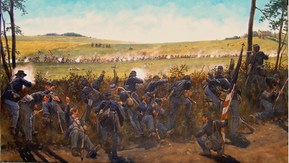 The Battle of Monocacy, July 9, 1864 (courtesy NPS) The Battle of Monocacy, July 9, 1864 (courtesy NPS) All I can conclude is that Silas was sent here to assist in the farming operation. With a busy ministering schedule, new wife and baby, Rev. Philip H. Thomas may not have had the time or resources to care for Silas. We may never know, but I’m sure the void left with the passing of his biological mother, grew larger with the loss now of his father who would subsequently move to West Virginia in due time. He would also marry for a third time and settle in Hedgesville (WV). On July 9, 1864, Silas turned twelve. It was a particularly memorable day for Frederick Countians as Gen. Jubal Early and his Confederates battled a much smaller force of Union defenders under Gen. Lew Wallace at Monocacy Junction, a few miles south of Frederick City. Silas was well-distant of the fight, but some Rebels had come through the Myersville area days earlier looking to take whatever they could find. This same “tattered” army had levied ransoms on Hagerstown, Frederick and Silas’ native Middletown in the days leading up to “the battle that saved Washington DC.” 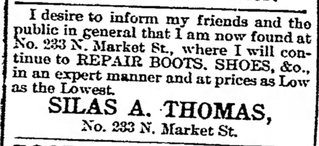 Advertisement appearing in the Frederick News (June 5th, 1897) Advertisement appearing in the Frederick News (June 5th, 1897) In 1870, Silas A. Thomas came to Frederick to learn the trade of “shoemaking.” He soon married and began a family of his own. They usually resided in rented properties that would provide not only a home, but ample room for Silas’ shoemaking business. This took place usually in a front parlor. A search of archival materials shows the Thomas family on W. Third Street, N. Market, East Fifth and finally E. Patrick Street. In addition to keeping the community in shoes, he and wife Kate (Conrad) did an admirable job in raising eleven children. Kate, however, would soon die after a fatal bout of pneumonia in 1895—she was only 38. Sadly, Silas could appreciate the death of a mother as this family tragedy likely hit the Thomas’ youngest son, Silas Jr., the hardest. The seven year-old boy now found himself with more in common with his father than just his name. Did they console each other as kindred spirits, both suffering the loss of mothers at such a young age? Keep in mind, that Silas, Sr. had not only lost his own mother, and mother of his children, but this time it was his wife and best friend. Silas, Jr. would leave Frederick for Philadelphia, where he worked as a printer. He had married a Pennsylvania girl in 1907 and took up residence in Philadelphia. A sister lived in nearby Camden, NJ across the Delaware River. Two more siblings lived across the state in Pittsburgh. His father was still back in Frederick, living alone. But Silas, Sr. had his work to keep him company. In addition to a career in "feets," Silas had a career in "beets," credited for growing some of Frederick County's largest in 1909. Silas A. Thomas, Sr. would once again feel the pain of loneliness in 1925. Young Silas died after a prolonged illness. He was only 38, a familiar death age that haunted Silas, Sr. He met his son’s body at Frederick’s Pennsylvania Railway Station as it traveled back home by train. The shoemaker carefully had his son’s body brought to Mount Olivet where it would be laid next to the boy’s mother who had passed three decades earlier. 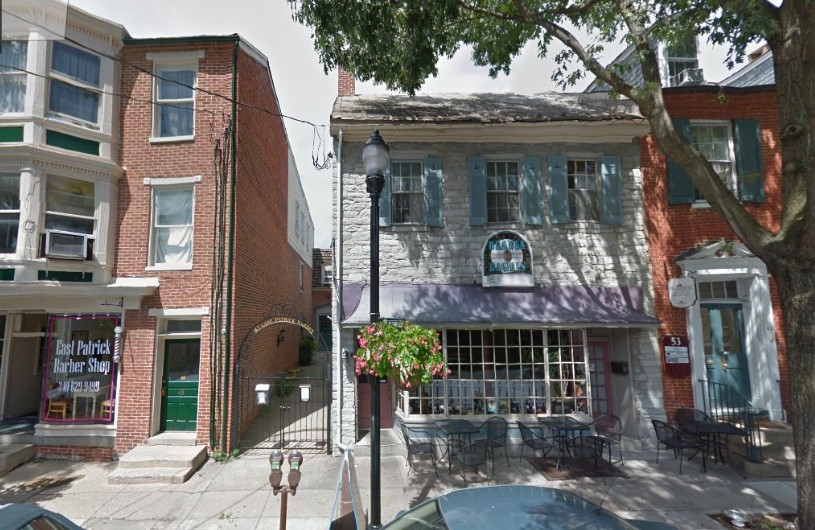 Last known address of Silas A. Thomas, 47 E. Patrick St. This is the number/address posted on the gate between both buildings (Beans & Bagels to the right). I'm not sure as to whether the shop was in the courtyard behind or was a narrow structure that once existed in this alley between both buildings. 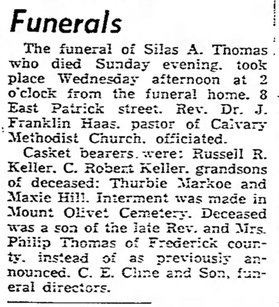 Silas A. Thomas, Sr. funeral report (above) from the January 20th, 1949 edition of the Frederick News and (below) family lot in Mount Olivet Cemetery (Area H Lot 381) Silas A. Thomas, Sr. funeral report (above) from the January 20th, 1949 edition of the Frederick News and (below) family lot in Mount Olivet Cemetery (Area H Lot 381) Silas would continue to occupy his days with work. He held the title of “Frederick’s oldest shoemaker” when a reporter wrote a feature story on the occasion of his 86th birthday—July 9, 1938. I find it ironic, of course, that this was back in ’38, or better, the 38th year of the 20th century. Mr. Thomas had been a shoemaker for 68 years. He would live another decade, joining Kate and Silas, Jr. here in Mount Olivet in mid January 16th, 1949. As for superstition, I think it’s best to say that “the shoe was on the other foot” in this case. For Silas A. Thomas, the repair and mending of shoes was therapeutic—an outlet to overcome the pain of loss, and realize his life’s calling. He couldn’t restore health and life to his mother, wife and son…but he could perform miracles for his many patrons through the art and craftsmanship of shoe repair.
1 Comment
11/17/2023 01:14:37 am
Exceptional logo design services in Pakistan! Elevate your brand with creative and impactful logos. Professionalism, innovation, and quality craftsmanship define our approach.
Reply
Leave a Reply. |
STORIES
|
Archives
July 2024
June 2024
May 2024
April 2024
March 2024
February 2024
January 2024
December 2023
November 2023
September 2023
August 2023
July 2023
June 2023
May 2023
April 2023
March 2023
February 2023
January 2023
December 2022
November 2022
October 2022
September 2022
August 2022
July 2022
June 2022
May 2022
April 2022
March 2022
February 2022
January 2022
December 2021
November 2021
October 2021
September 2021
August 2021
July 2021
June 2021
May 2021
April 2021
March 2021
February 2021
January 2021
December 2020
November 2020
October 2020
September 2020
August 2020
July 2020
June 2020
May 2020
April 2020
March 2020
February 2020
January 2020
December 2019
November 2019
October 2019
September 2019
August 2019
July 2019
June 2019
May 2019
April 2019
March 2019
February 2019
January 2019
December 2018
November 2018
October 2018
September 2018
August 2018
July 2018
June 2018
May 2018
April 2018
March 2018
February 2018
January 2018
December 2017
November 2017
October 2017
September 2017
August 2017
July 2017
June 2017
May 2017
April 2017
March 2017
February 2017
January 2017
December 2016
November 2016

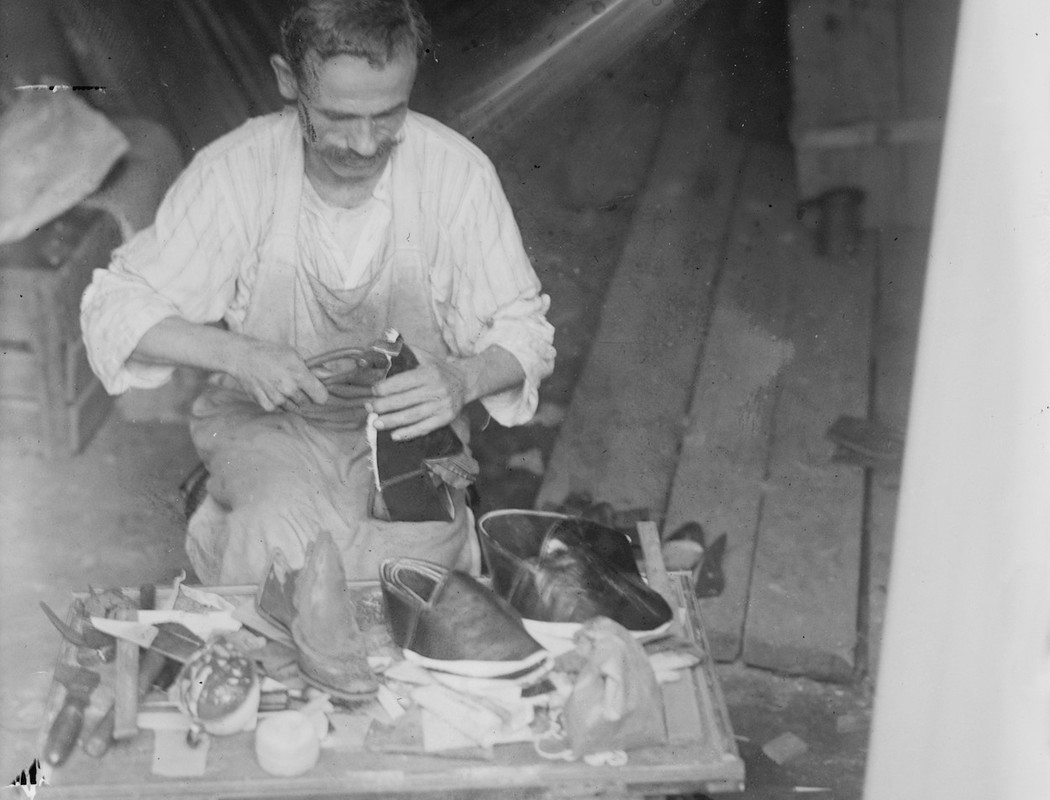


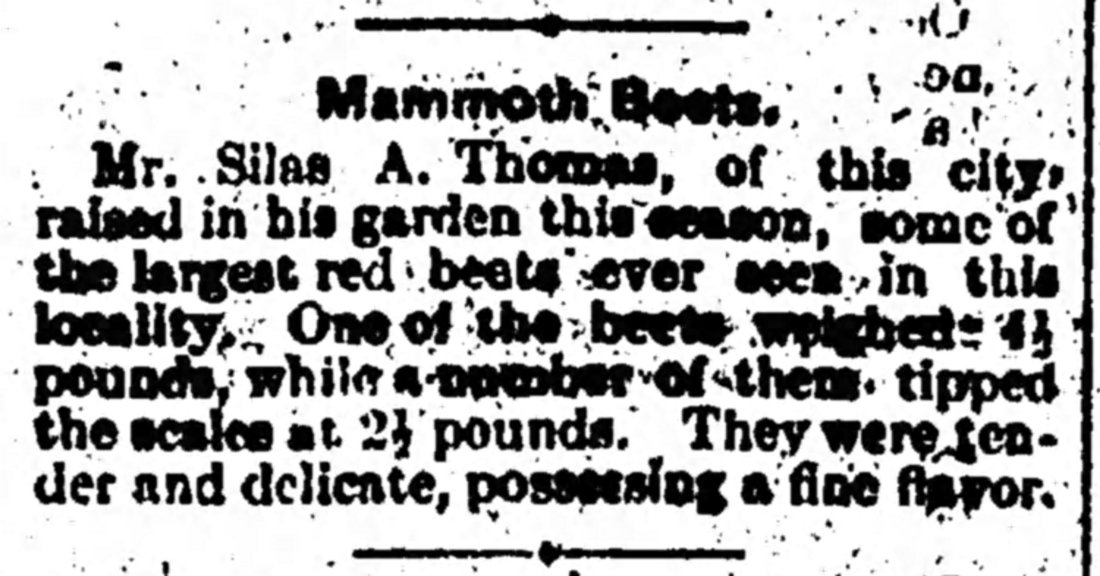
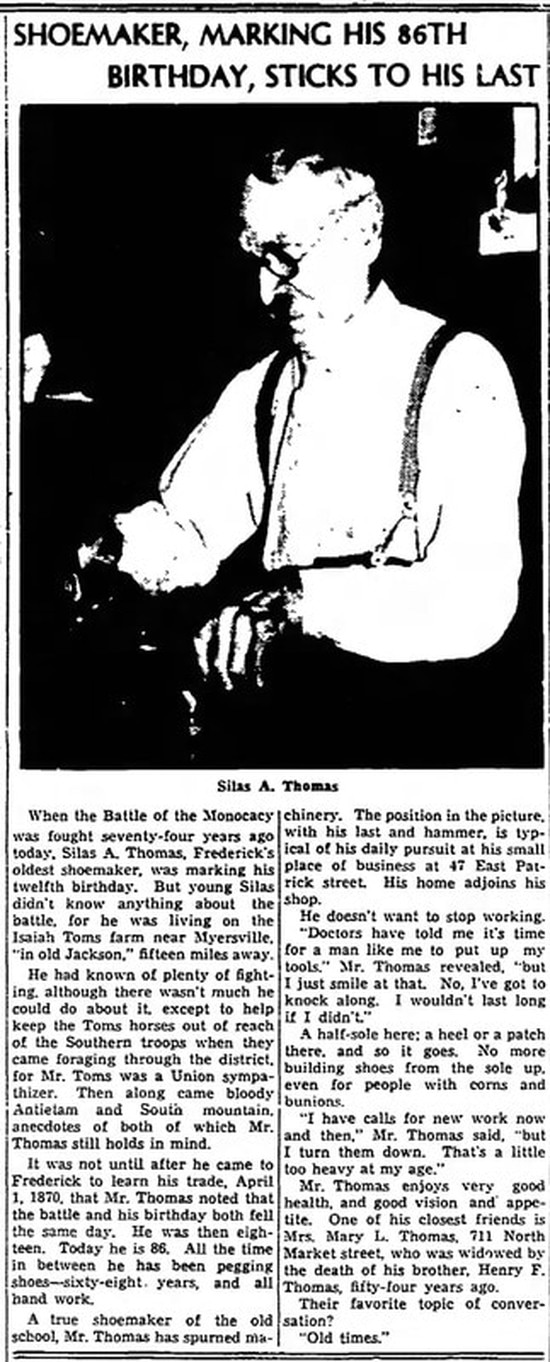
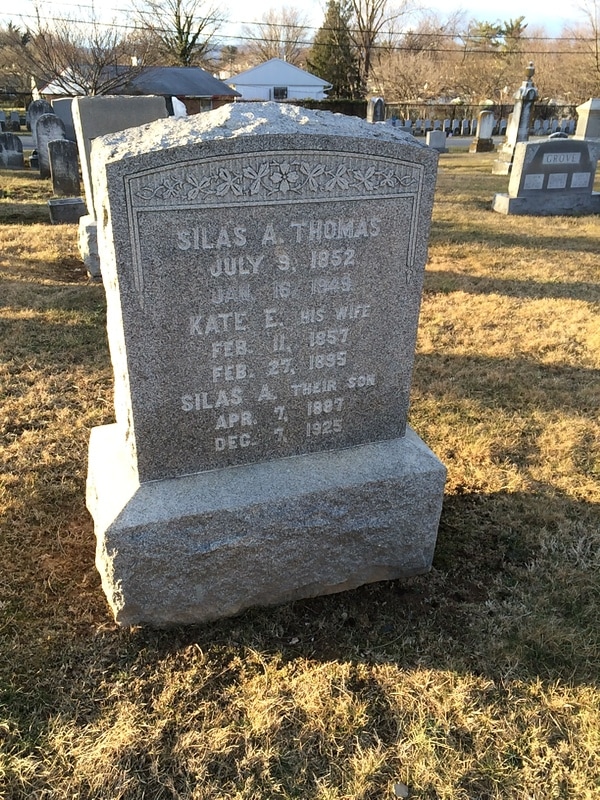

 RSS Feed
RSS Feed